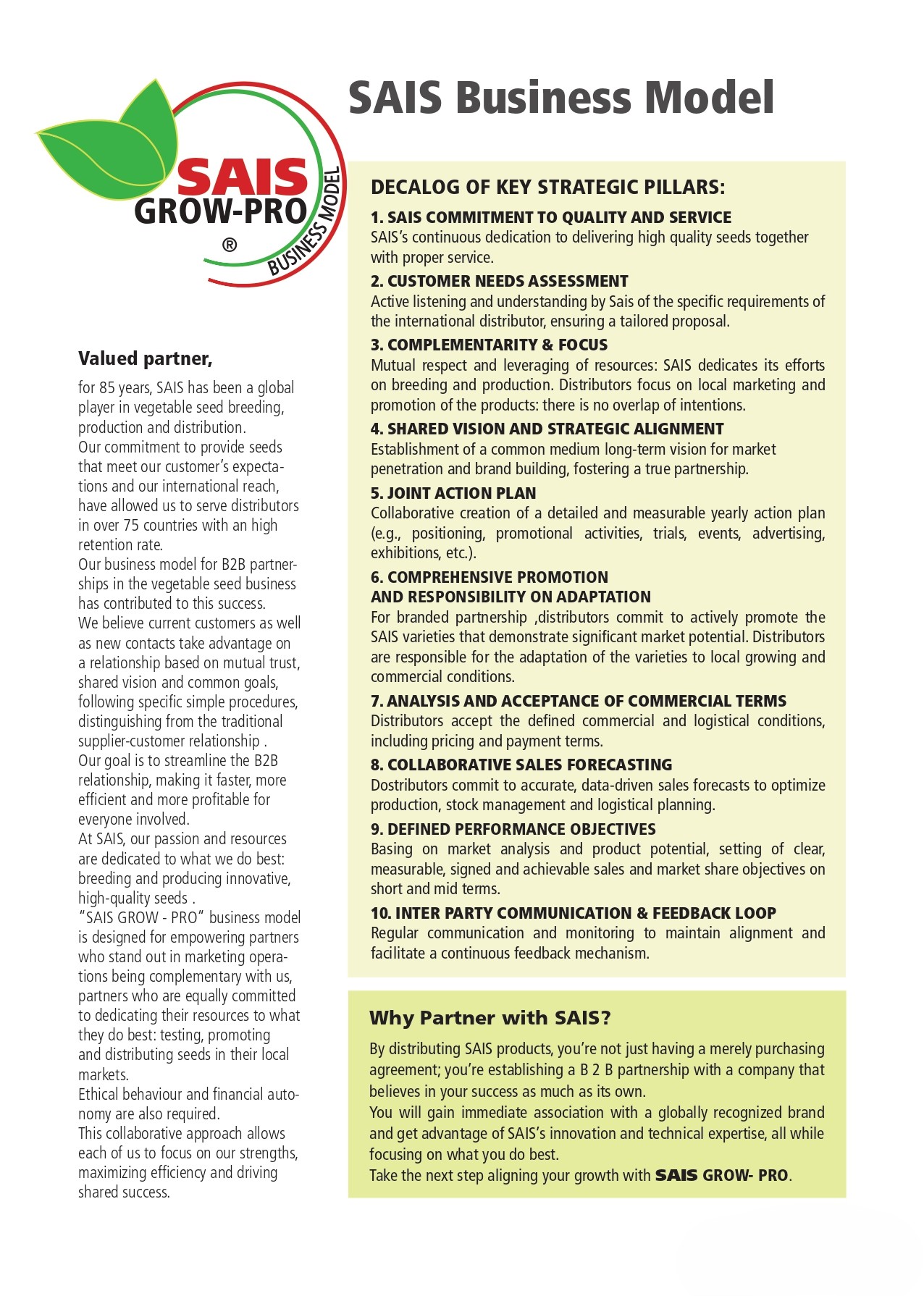The impact of plant-based diets on the demand for vegetables
Plant-based diets have become increasingly popular in the last years thanks to their alleged health benefits and more recently for their positive environmental impact.
Prospective studies suggest that consuming vegetarian diets is associated with a reduced risk of developing cardiovascular disease (CVD), diabetes, hypertension, dementia, and cancer.
The geographical distribution of vegetarians varies greatly from one region to another.
India is the country with the largest number of vegetarians, due to religious and cultural reasons. It is estimated that around 30-40% of the Indian population follows a vegetarian diet. In contrast, Western countries have much lower, albeit growing, percentages.
In Europe, vegetarianism is more widespread in the United Kingdom, in Germany and in Sweden, where the number of vegetarians has increased significantly in recent years.
Ten per cent of the British population identify themselves as vegetarians, a percentage that is steadily increasing.
In the United States, vegetarianism is less common but growing. According to a survey by the Pew Research Center, about 5% of Americans identify themselves as vegetarians. However, the percentage is higher among young people and those with higher education, indicating possible future growth.
In Latin America, vegetarianism is less widespread, but is gaining ground in countries such as Brazil and Argentina. In Asia, besides India, vegetarianism is common in countries such as Japan and China, where Buddhist and Taoist traditions promote a meatless diet.
Although the vegan and vegetarian diet still involves a minority of the population, its stable presence indicates a profound and established change.
This trend is also well understood by agri-food companies, which are responding by launching new lines of plant-based products.
The vegan market is now recognised as one of the areas of greatest growth potential for the food sector.
The spread of plant-based diets has turned out in an increase of demand for those vegetables which can supply calcium, including Pak Choi, Broccoli, Chinese cabbage, Collards, and kale. (Spinach and Swiss chard and those which are rich in antioxidants,such as carrots, pumpkin and tomatoes.
The growing demand for plant products is also influencing agricultural production, with an increase in vegetable and fruit crops and the spread of more sustainable farming practices.
The rich panorama of Italian horticulture has its inescapable strength in seed companies-as indeed in nursery companies-that are always in step with the times, always ready to launch new proposals, with attention to the challenges of the moment: resistance to pests and weeds, resistance to accentuated and rapidly changing climatic factors, and attention to the demands of the market and the taste of consumers, who demand healthy products. And vegetables remain, beyond fads, among the healthiest foods in the world.
Sources:
Vegetarian and vegan diets: benefits and drawbacks
https://pubmed.ncbi.nlm.nih.gov/37450568/
Quanti sono i vegetariani nel mondo?
https://www.torrinomedica.it/approfondimenti/dietologia/vegani/quanti-sono-i-vegetariani-nel-mondo/
https://impresasocialeland.org/approfondimento/semi-futuro-del-cibo/
https://www.corriereortofrutticolo.it/sementi-settore-italia-vale-oltre-1-miliardo-belpaese-rimane-leader/#:~:text=La%20moltiplicazione%20delle%20sementi%20da,che%20prosegue%20ininterrottamente%20dal%202019.













